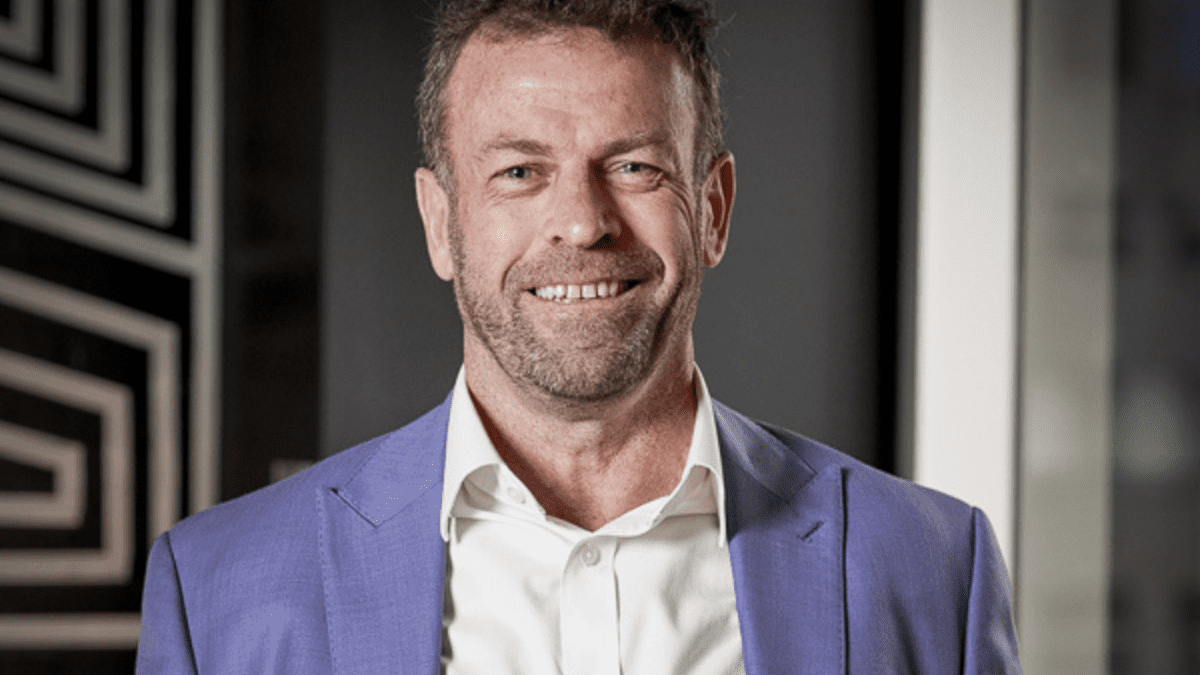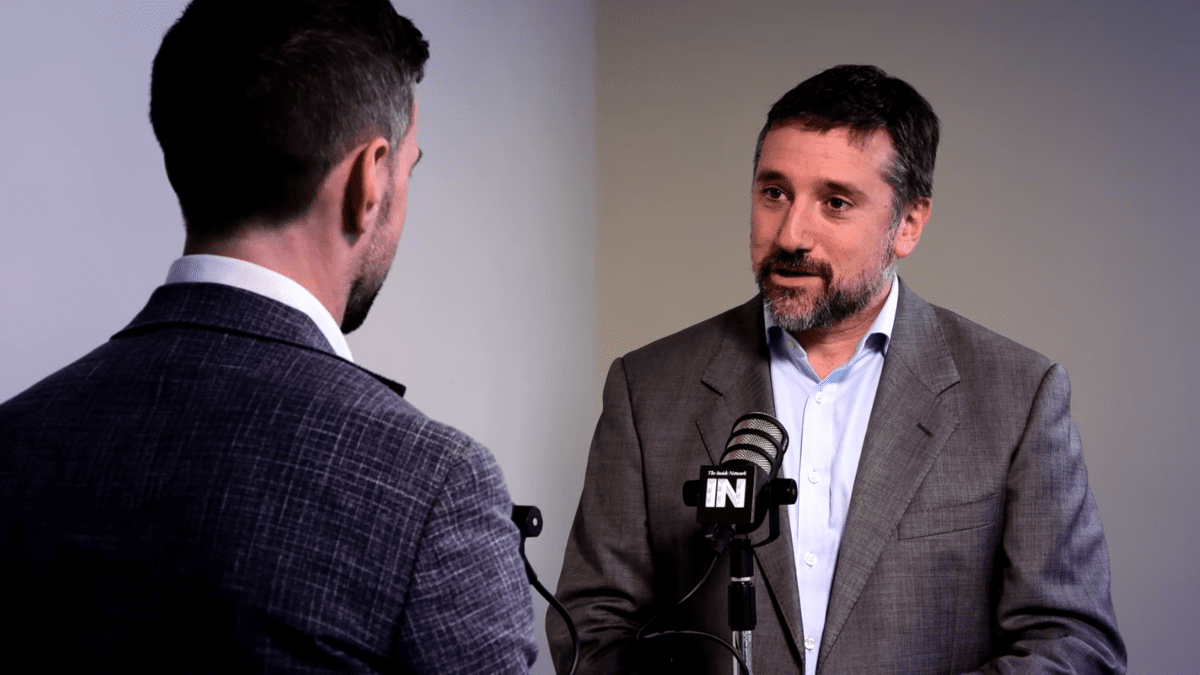Not all referrals are created equal
Many studies have shown that the number one-way financial advisers find new clients is by getting referrals from their existing clients, this is true in many other industries as well – it is an age-old way to grow your business. However, we know that if you want a steady stream of new clients through referrals, this may not be possible if only sourcing through existing clients, as their potential to refer to you is a smaller pool, and the right circumstances that could lead to a natural conversation about a referral to you are rare.
That is why in Invesco Global Consulting’s program ‘Rainmaker’ we look at how partnering with an influential professional, such as a lawyer or accountant has the possibility to bring you a consistent flow of new client referrals, more often in the high-net-worth segment, alongside those you are already receiving from your clients.
We teamed up with 1R.A. Prince and Associates to study more than 330 high-net-worth investors and found that 72% of these investors met their financial adviser through an introduction from either their lawyer or accountant. So why not look for clients in the same place they are looking for you?
Many financial advisers already receive occasional referrals from accountants and lawyers. However, unless they occur repeatedly from one professional, chances are you have an affiliation with that person, rather than a partnership.
The main differences between an ‘Affiliation’ and a ‘Strategic Partnership’ are:
Affiliations
- Occasionally an affluent client will be referred
- You are one of several advisers to whom referrals are given
- These professionals are not actively looking to make a referral to you
Strategic Partnerships
- On a regular basis, affluent clients are being referred
- You are the only, or primary, adviser being given referrals from this professional
- They are more inclined to actively look to make a referral to you
Affiliations can lead to partnerships, although you cannot build a strategic partnership by simply doing more of what led to an affiliation, you will need to change your mindset and start thinking of your partnership with these professionals differently.
Here are five strategic shifts you can make to help build a successful partnership with an influential professional:
- The professional is the client
What we discovered during our research is many advisers don’t come close to the level of knowledge they have about their potential strategic partners as they do with their investor clients. Advisers know the lawyer or accountant is their client, but they don’t engage in the kind of relationship management they would with one of their top investor clients. What can you do differently? Create a file for your strategic partners, keep it current with the following information, and engage in an appropriate level of relationship management.
Business issues: their business models, successes, failures, and goals
Personal issues: birthdays, anniversaries, important personal occasions, their families, their hobbies and interests
Communication: how and when they like to communicate - The end of the referrals
The difference between receiving a referral from an existing client versus a strategic partner is that your existing client is handing you a referral and trusts you to take care of that person. Then they remove themselves from any ongoing dealings you have with that referral.
However, in the world of strategic partnerships, lawyers and accountants are not simply giving you a client. From their perspective, the individual remains their client. What they are doing is referring their client to you for a sleeve of products and services that they do not provide. They still very much want to be involved and kept up to date. - The law of small numbers
You don’t need to work with a lot of strategic partners to significantly increase your flow of new clients. In fact, our research on this point revealed that out of the 1200 successful advisers we studied, the average number of strategic partners they had was 3.9 and that number never went above 5. Why keep it small? When dealing with too many partners, it becomes difficult to manage all of these relationships adequately and at the personal level you need to, to avoid falling back into an ‘affiliation’. - You & I, Inc.
Lawyers and accountants we studied see an average of 5-6 new advisers every 6 months. What can you do to differentiate yourself from everyone else? One idea is to shift your mindset from ‘what can they do for me’ to ‘what can you do for them’. Be curious, ask lots of questions, you want to learn about the professional as a person, their practice, any issues they are experiencing, what are their objectives? What type of clients do they work with? Do they work with other financial advisers?
Gaining this knowledge about your strategic partner will enable you to make a meaningful personal connection. It will also help you evaluate whether they are the right fit for you and is a great tool for you to use to hunt for ways that you can add value to the partnership as well. - The economic glue of strategic partnerships
You have found a strategic partner, but how can you solidify your relationship so your partner can see the value that it adds to their business?
Think of ways you can help them with issues they may have, this may include:- Marketing
- Practice management
- Educational/seminar support
Changing your mindset and being open to partnering with a professional is a very powerful tool for business growth, especially in the high-net-worth segment Communication is key to any strategic partnerships you form and success hinges on understanding that you should have the same level of knowledge about your strategic partner that you do your own clients.
1R. A. Prince & Associates, Inc. study of 334 investors with minimum investable assets of $1M USD (median $3.1M).
Invesco Global Consulting is a unique resource that exists to help advisers in the three areas all advisers consistently focus on – winning new business, retaining existing clients and growing their wallet and market share. We focus solely on the importance of the client relationship, methodically researching the language of our industry and the emotions associated with it to create actionable and implementable practice management and business strategy programs, assisting advisers across Australia.










